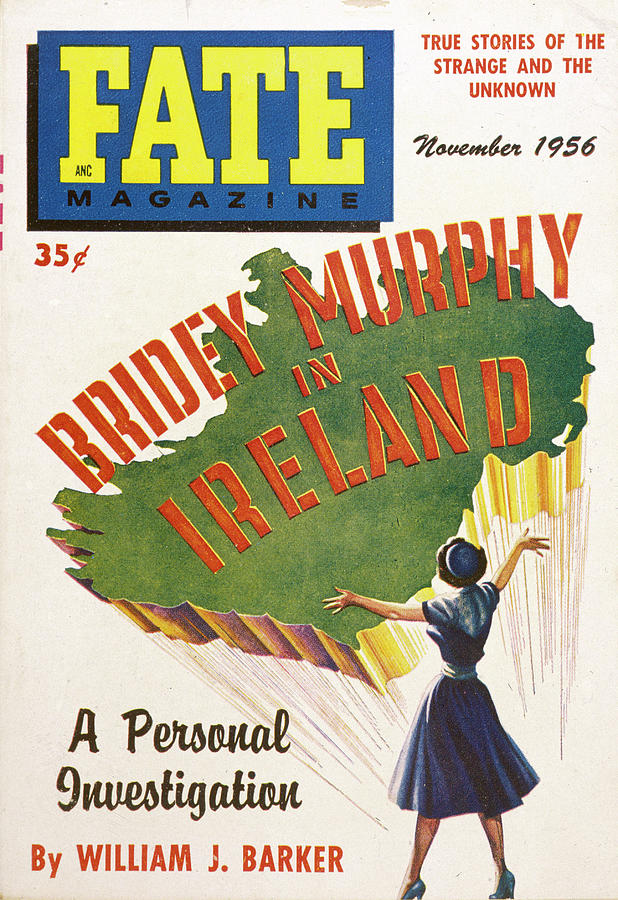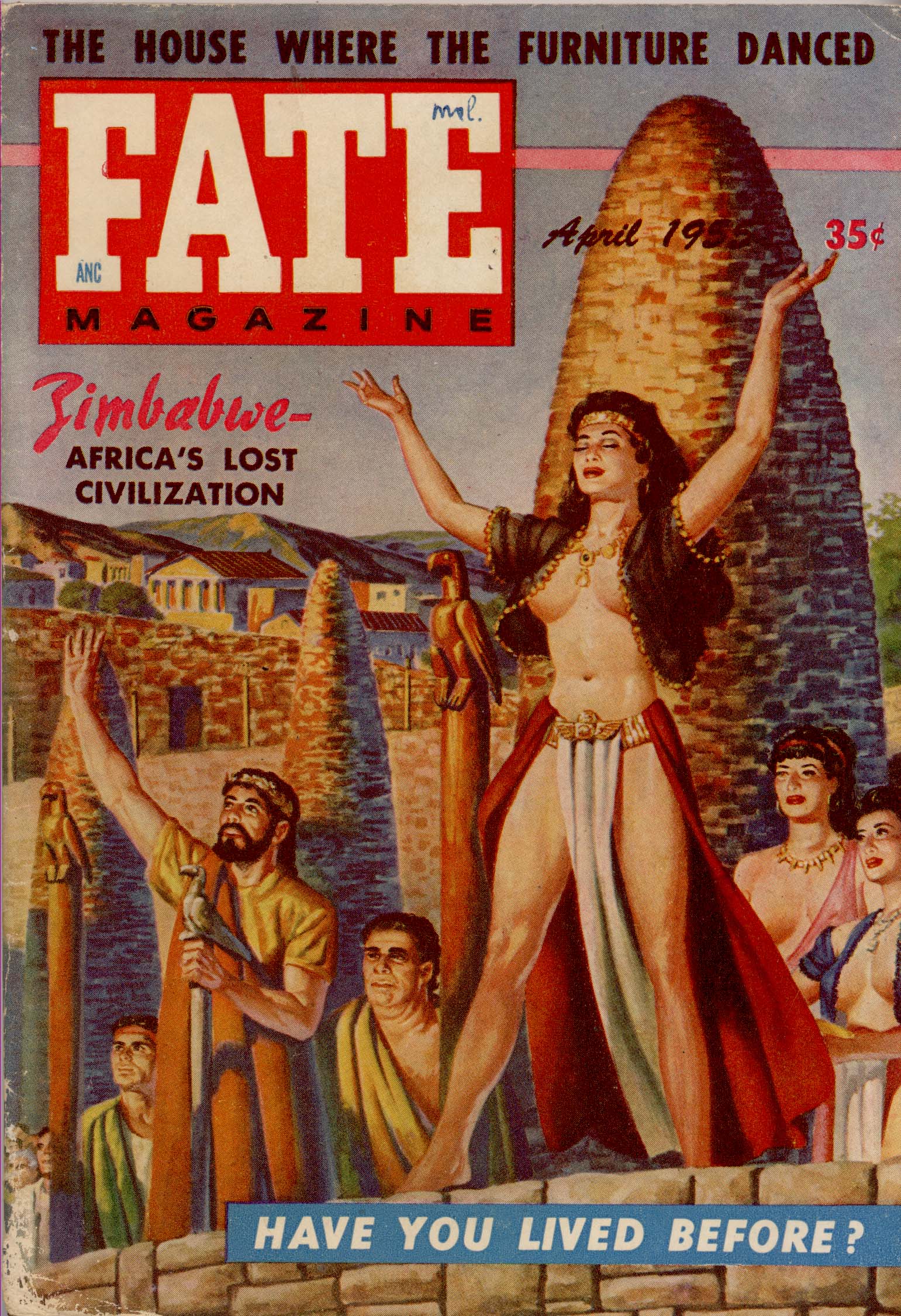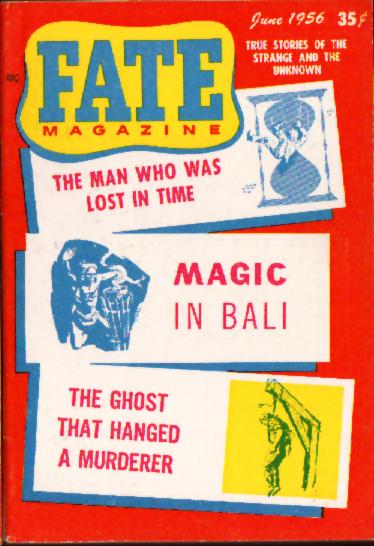



Burroughs’s Yagé Letters.Ĭold War research into the intelligence of cetaceans was brought to a wider audience in the early ’60s thanks to articles like this one.

This article on South American religious practices involving yagé (better known today perhaps as ayahuasca or DMT), written by a former military school headmaster, came out the same year as William S. This article about Iceland’s fairy population, the “hidden folk” or “ huldufólk,” is typical of the short features presented in Fate stories about the huldufólk sabotaging construction projects in Iceland persist right up to the present day. “The Most Famous Book Ever Written” was an 1875 book titled The World’s Sixteen Crucified Saviors: Or, Christianity Before Christ by 19th-century atheist Kersey Graves that posited the historical Jesus Christ was not real and instead one facet of a worldwide ur-myth of self-sacrifice.Īds for hypnosis, both self-hypnosis and hypnosis of others, abounded in this run of Fate here Clark Publishing, Fate‘s publishing company, presents its branded “hypno-specs.” Radiesthesia is the same principle of sensitivity to energy fields which many British dowsers believed powered divining rods Bruce Copen was a renowned dowser and believed in the power of radionic fields to heal. William Hallgarth of Belmar, New Jersey’s advertisement is typical of the fringe Christian element in Fate his theology was apparently a mix of American Spiritualism and old-school Gnosticism.įear of the results of nuclear war lurked in many issues of Fate this ad from the American Solar/Cosmic Research Center of theologian and explorer of lost cities Gene Savoy implies the channeling of solar energy will help you survive nuclear holocaust.Īn advertisement for author Dan Tassi’s The Mind and Time and Space that hints at the coming vogue in the 1970s for “remote viewing.” This advertisement for “controlled reincarnation” from “The Druids” demonstrates the interest in past lives and channeling rife in the early “New Age” movement. This issue is fairly typical of late-’50s/early-’60s Fate, a combination of poltergeists, Space Age UFO fears, and (un)natural prodigies.


 0 kommentar(er)
0 kommentar(er)
